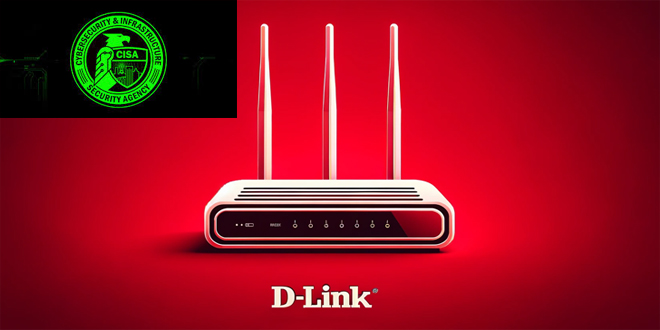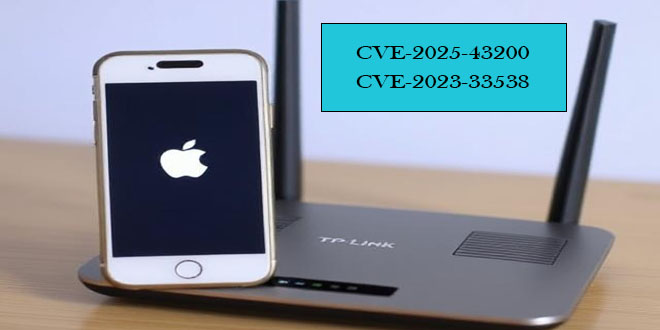The U.S. Cybersecurity and Infrastructure Security Agency (CISA) announced that two security flaws in
D-Link routers have been added to its list of actively exploited vulnerabilities.
The list of vulnerabilities is as follows:
By F2
/ Tuesday , June 24 2025
The U.S. House of Representatives has banned congressional staff from using WhatsApp on government devices due to security concerns, as...
Read More
By F2
/ Tuesday , June 24 2025
Kaspersky found a new mobile malware dubbed SparkKitty in Google Play and Apple App Store apps, targeting Android and iOS....
Read More
By F2
/ Tuesday , June 24 2025
OWASP has released its AI Testing Guide, a framework to help organizations find and fix vulnerabilities specific to AI systems....
Read More
By F2
/ Tuesday , June 24 2025
In a major milestone for the country’s digital infrastructure, Axentec PLC has officially launched Axentec Cloud, Bangladesh’s first Tier-4 cloud...
Read More
By infosecbulletin
/ Monday , June 23 2025
A hacking group reportedly linked to Russian government has been discovered using a new phishing method that bypasses two-factor authentication...
Read More
By infosecbulletin
/ Wednesday , June 18 2025
Russian cybersecurity experts discovered the first local data theft attacks using a modified version of legitimate near field communication (NFC)...
Read More
By infosecbulletin
/ Tuesday , June 17 2025
Cybersecurity researcher Jeremiah Fowler discovered an unsecured database with 170,360 records belonging to a real estate company. It contained personal...
Read More
By infosecbulletin
/ Tuesday , June 17 2025
GreyNoise found attempts to exploit CVE-2023-28771, a vulnerability in Zyxel's IKE affecting UDP port 500. The attack centers around CVE-2023-28771,...
Read More
By infosecbulletin
/ Tuesday , June 17 2025
The U.S. Cybersecurity and Infrastructure Security Agency (CISA) has recently included two high-risk vulnerabilities in its Known Exploited Vulnerabilities (KEV)...
Read More
By infosecbulletin
/ Monday , June 16 2025
SafetyDetectives’ Cybersecurity Team discovered a public post on a clear web forum in which a threat actor claimed to have...
Read More
CVE-2014-100005 :
A vulnerability that allows an attacker to manipulate D-Link DIR-600 router configurations by taking over an existing administrator session
CVE-2021-40655:
An information disclosure vulnerability affecting D-Link DIR-605 routers that enables attackers to acquire a username and password via an HTTP POST request to the /getcfg.php page.
There is no information available on how these weaknesses are being exploited in real-world situations, but federal agencies have been advised to use the solutions provided by the vendors before June 6, 2024.
CVE-2014-100005 affects old D-Link products that are no longer supported, so organizations should retire and replace these devices.
The SSD Secure Disclosure team found security issues in DIR-X4860 routers that allow remote attackers to access the HNAP port, gain elevated permissions, and run commands as root.
“By combining an authentication bypass with command execution the device can be completely compromised,” it said, adding the issues impact routers running firmware version DIRX4860A1_FWV1.04B03.
SSD Secure Disclosure has provided a proof-of-concept exploit that uses a customized HNAP login request to bypass authentication protections on a router’s management interface. The exploit takes advantage of a command injection vulnerability to achieve code execution.
D-Link has since acknowledged the issue in a bulletin of its own, stating a fix is “Pending Release / Under Development.” It described the vulnerability as a case of LAN-side unauthenticated command execution flaw.
 InfoSecBulletin Cybersecurity for mankind
InfoSecBulletin Cybersecurity for mankind














